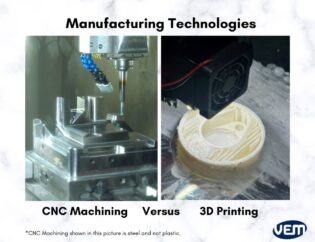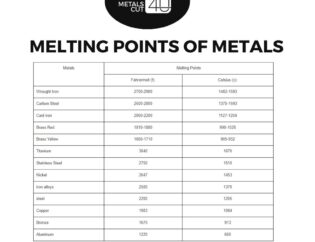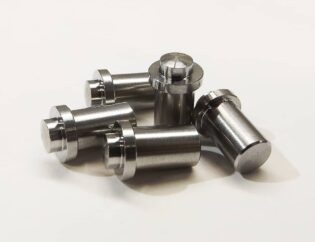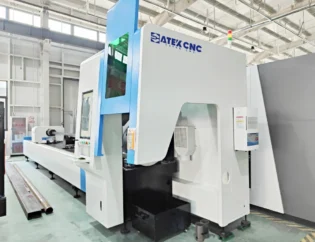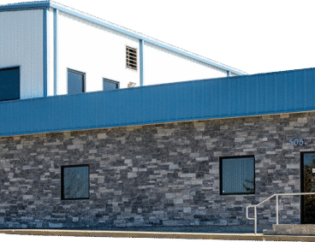Sheet metal design is a critical aspect of manufacturing that influences the functionality, aesthetics, and cost-effectiveness of products. This guide aims to provide a comprehensive overview of sheet metal design principles, techniques, and best practices. Understanding these fundamentals is essential for engineers, designers, and manufacturers looking to optimize their designs and improve production efficiency.
In this guide, readers will explore key topics such as material selection, fabrication processes, and design considerations. Each section is crafted to enhance your knowledge and skills, ensuring you can create effective and innovative sheet metal designs. By the end, you will be equipped with practical insights that can be applied to real-world projects.
Whether you are a seasoned professional or a newcomer to the field, this guide will serve as a valuable resource. Expect to gain a deeper understanding of the intricacies of sheet metal design, empowering you to make informed decisions and elevate your design capabilities. Join us on this journey to mastering the art and science of sheet metal design.
Comprehensive Guide to Sheet Metal Design
Sheet metal design is a crucial aspect of manufacturing that involves creating parts from thin metal sheets. This process is widely used in various industries, including automotive, aerospace, and electronics. Understanding the principles of sheet metal design can significantly enhance the efficiency and quality of production. In this guide, we will explore the technical features, types, and best practices for sheet metal design.
Technical Features of Sheet Metal Design
When designing sheet metal parts, several technical features must be considered to ensure manufacturability and functionality. Below is a comparison table highlighting key technical features:
| Feature | Description | Importance |
|---|---|---|
| Material Thickness | The thickness of the sheet metal affects strength and flexibility. | Determines the part’s durability and weight. |
| Bend Radius | The radius of bends in the metal affects stress distribution. | Affects the part’s ability to withstand deformation. |
| Cutting Methods | Techniques like laser cutting, punching, and shearing are used for shaping. | Influences precision and production speed. |
| Tolerances | Acceptable limits of variation in dimensions. | Critical for ensuring parts fit together correctly. |
| Forming Techniques | Methods such as stamping and bending are used to create shapes. | Essential for achieving desired geometries. |
Types of Sheet Metal Design
Sheet metal can be categorized into various types based on its application and manufacturing processes. The following table summarizes the different types of sheet metal designs:
| Type | Description | Applications |
|---|---|---|
| Laser Cut Parts | Parts created using laser cutting for high precision. | Electronics, automotive components. |
| Stamped Parts | Parts formed by stamping processes, often used for mass production. | Appliances, automotive body panels. |
| Bend Formed Parts | Parts shaped by bending techniques, crucial for structural components. | Frameworks, brackets, and enclosures. |
| Embossed Parts | Parts with raised designs created through embossing. | Decorative elements, structural reinforcements. |
| Welded Assemblies | Multiple sheet metal parts joined together through welding. | Structural frames, machinery housings. |
Insights into Sheet Metal Design
Material Selection
Choosing the right material is fundamental in sheet metal design. Common materials include aluminum, stainless steel, and low-carbon steel. Each material has unique properties that affect its suitability for specific applications. For instance, aluminum is lightweight and corrosion-resistant, making it ideal for aerospace applications, while stainless steel offers strength and durability for industrial uses.
Design Guidelines
When designing sheet metal parts, several guidelines should be followed:
- Maintain Minimum Spacing: Ensure a minimum spacing of 2-2.5 times the material thickness from the edge of cutouts to bend radius tangency to avoid secondary operations.
- Optimize Bend Radii: Larger bend radii reduce stress and improve the part’s durability.
- Consider Tolerances: Establish appropriate tolerances based on the manufacturing process to ensure parts fit together correctly.
Manufacturing Processes
The manufacturing processes for sheet metal parts include cutting, bending, and forming. Each process has its advantages and limitations:
– Cutting: Techniques like laser cutting provide high precision but may have higher costs for small runs.
– Bending: This process is essential for creating angles and shapes in sheet metal, with various methods available, including air bending and bottoming.
– Forming: Techniques such as stamping and embossing are used to create complex shapes and designs.
Best Practices
To achieve optimal results in sheet metal design, consider the following best practices:
– Involve Engineers Early: Collaborate with engineers during the design phase to identify potential issues and optimize designs for manufacturability.
– Use Standard Tooling: Whenever possible, utilize standard tooling to reduce costs and lead times.
– Test Prototypes: Create prototypes to test designs before full-scale production, allowing for adjustments and improvements.
Conclusion
Sheet metal design is a vital component of modern manufacturing, impacting the efficiency and quality of production. By understanding the technical features, types, and best practices, designers can create effective and manufacturable parts. Whether working with laser-cut components from f.hubspotusercontent00.net, stamped parts from cdn.thomasnet.com, or welded assemblies from hansenindustries.com, the principles of sheet metal design remain consistent.
FAQs
1. What is the importance of bend radius in sheet metal design?
The bend radius affects the stress distribution in the metal. A larger radius reduces stress and improves the part’s durability.
2. How do I choose the right material for my sheet metal project?
Consider factors such as strength, weight, corrosion resistance, and cost when selecting materials for your project.
3. What are the common manufacturing processes for sheet metal parts?
Common processes include cutting (laser, punching), bending, and forming (stamping, embossing).
4. Why is it essential to maintain tolerances in sheet metal design?
Tolerances ensure that parts fit together correctly, which is critical for the functionality and assembly of the final product.
5. How can I optimize my sheet metal design for manufacturability?
Involve engineers early in the design process, use standard tooling, and test prototypes to identify and resolve potential issues.

